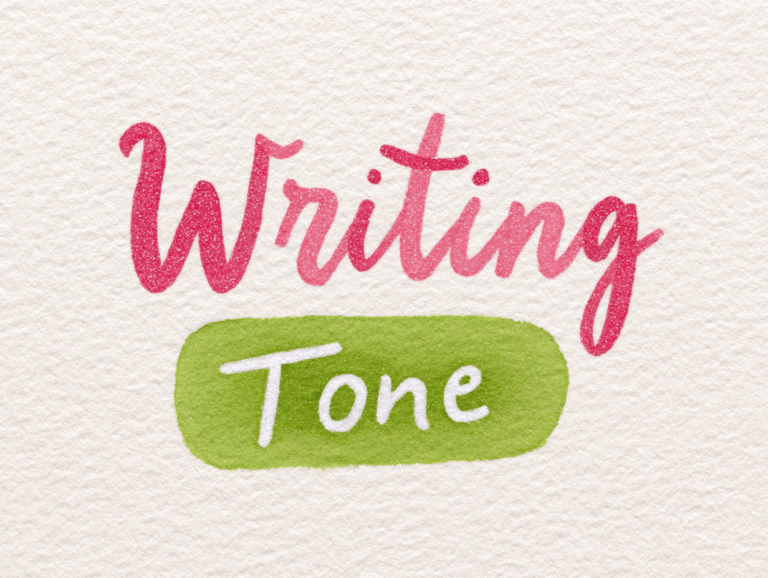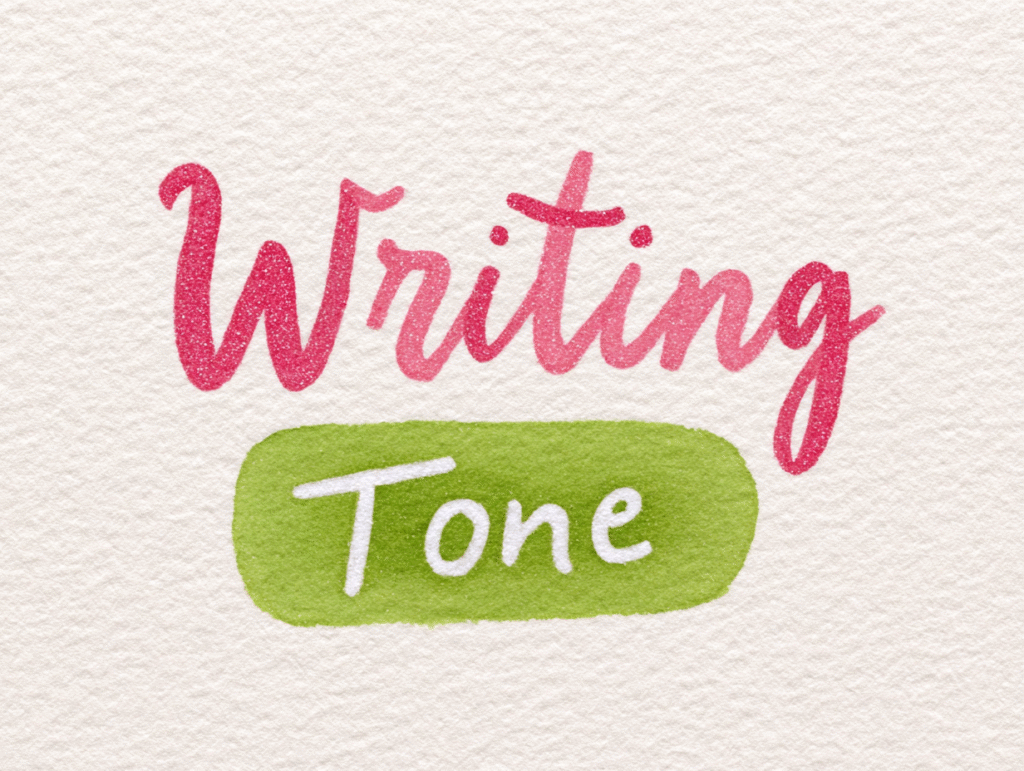Tone Patrol
One minute, your tone’s ice-cold and corporate.
The next, it’s unintentionally flirty, and you’re blushing.
Then it slips into “Did I just confess to something illegal, oops!?”
And suddenly, your email reads like a heartfelt breakup letter—to your boss.
Sound familiar?
You don’t need more edits.
You need the right tone.
Let’s fix that.
The Sound Advice
What is ‘writing tone’? Simply put, it’s the vibe (mood, manner, expression), that your writing gives off. It’s how your message feels to the reader. For example, a sarcastic tone feels snarky. A joyful tone feels upbeat. A formal tone feels respectful. It’s not about what you say—it’s how you say it.
“Oh wow, nice job, it’s really impressive how you managed to break both printers before 9 a.m.”
➡️ The words are technically a compliment, but the tone and context make it sarcastic.
Writers who nail tone hook readers faster than I grab my snacks when the delivery doorbell rings!
Writing Tone, The Influencer
Writing tone influences how your content is received—emotionally, intellectually, even physically (cue dramatic gasp). Imagine an email popping up and the subject makes your jaw clench, heart race, or shoulders drop. Physical reaction!
It’s from your boss:
Subject: URGENT: Please Explain
Your jaw clenches, you drop everything and open the email immediately, nausea building…
Compared to:
Subject: Follow-up on Report Submission
Meh, you’ll read it later, back in your back pocket the phone goes.
So as you can see, writing tone sets the expectation.
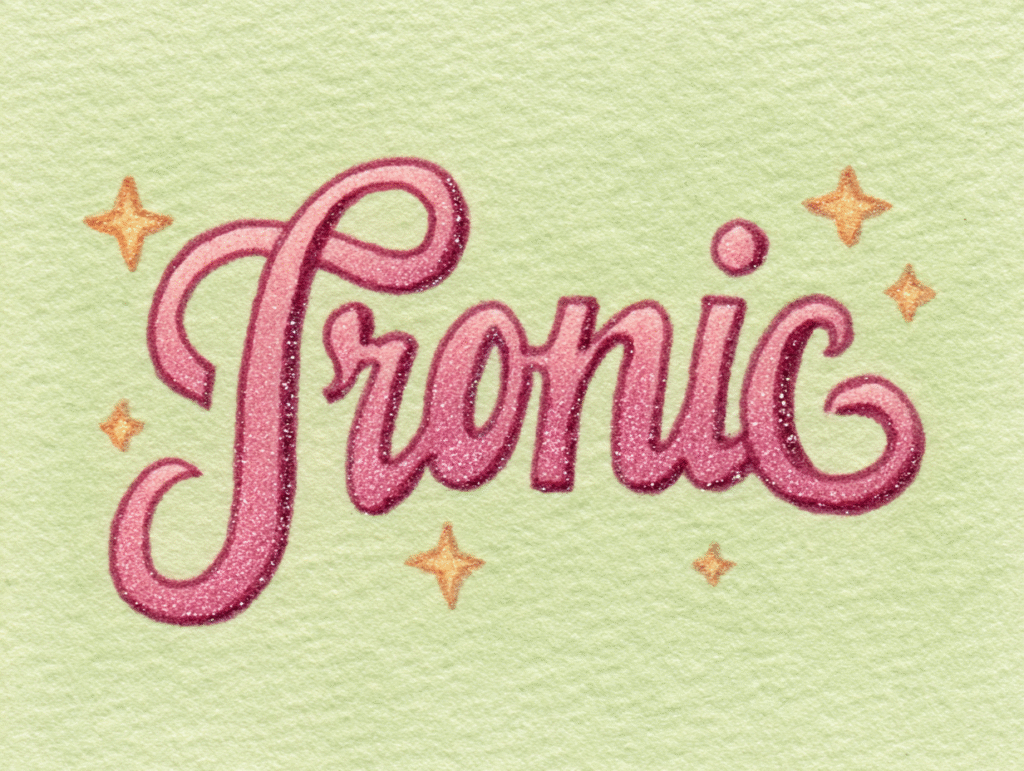
How to Identify Tone in Other People’s Writing
This next part will help you to tell what tone a piece of writing has. Keep in mind writers can switch tones anytime. Just because one piece feels joyful doesn’t mean all their writing will. Tone is not voice, keep reading for more on voice.
So, what tone is it? Here’s what to watch for:
Clues That Reveal the Writing Tone:
- Punctuation:
- Exclamations = excitement.
- Periods = serious.
- Ellipses = suspense or hesitation…
- Sentence structure:
- Short, abrupt sentences = tension or drama.
- Long, flowing ones = reflective or formal.
- Word choice:
- Fancy vocab = formal or scholarly.
- Slang = casual, playful.
- Perspective:
- “I” = personal, subjective tone.
- “You” = conversational or persuasive tone.
- “One” = formal or academic tone.
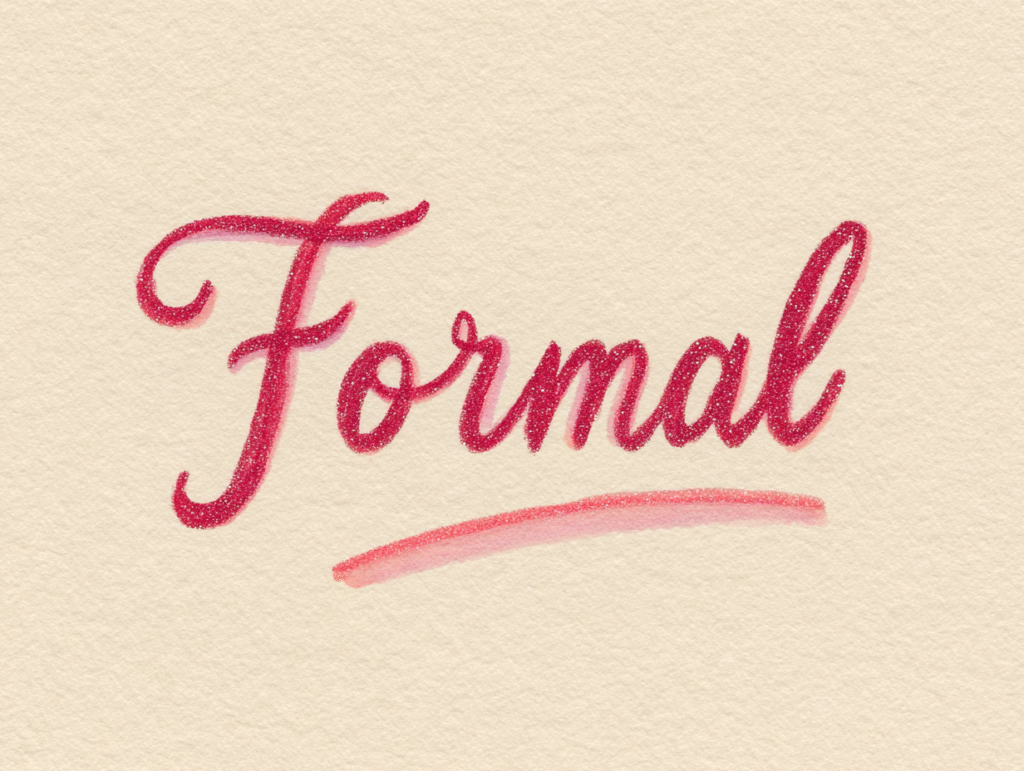
Real-Life “Writing” Tone Examples (Spoken Not Written)
Feeling the concept might help explain. So here’s how tone looks IRL:
- Formal writing tone IRL:
- Imagine you’re at a business meeting, and someone says: “Good morning, everyone. I appreciate you taking the time to attend this meeting. Let’s begin by reviewing last quarter’s performance and discussing our strategic goals moving forward.”
- Informal writing tone IRL:
- Imagine you’re hanging out with friends and someone says: “Hey guys, what’s up? Wanna grab some pizza later and just chill?”
- Witty writing tone IRL:
- Imagine you’re at a coffee shop and someone asks if you’re ready for Monday, you might say: “Ready for Monday? I’m still trying to find where the weekend hid the snooze button!”
- Sarcastic writing tone IRL:
- Imagine you’re waiting forever for your friend who’s always late, and when they finally show up, you say: “Oh wow, you’re right on time—as usual!” (said with a smirk)
Pro tip: Reading tone examples in real-world situations helps you recognise tone faster in your own writing.
26 Types of Writing Tone (With Examples)
Now that you know what writing tone is and what it’s for, I’m going to show you a list of tones commonly used in writing, with examples. This list is not exhaustive, as there are potentially limitless amounts of tones that are sub genres of sub genres of sub genres… These are what are considered the most used tones. Buckle up, writers.
- Formal tone – “Your application has been reviewed and approved.”
- Informal tone – “Hey! You’re good to go!”
- Witty tone – “Adulting is hard. Let’s not.”
- Sarcastic tone – “Oh perfect, my printer jammed again. Love that for me.”
- Objective tone – “The results show a 20% increase in engagement.”
- Subjective tone – “I believe this strategy works better for creative teams.”
- Optimistic tone – “The best is yet to come.”
- Pessimistic tone – “Let’s be real. It’s probably downhill from here.”
- Persuasive tone – “You need this productivity app in your life.”
- Instructional tone – “Click the ‘Start’ button to begin.”
- Critical tone – “The plot felt rushed and lacked emotional payoff.”
- Inspirational tone – “You are capable of more than you know.”
- Passionate tone – “Every word I write comes straight from my soul.”
- Ironic tone – “Of course the Wi-Fi went out during my Zoom interview.”
- Conversational tone – “Let’s break this down real quick…”
- Sympathetic tone – “I know things are tough right now, and that’s okay.”
- Cynical tone – “Trust the system? Yeah, sure. Let me know how that goes.”
- Suspenseful tone – “Something creaked in the hallway. She wasn’t alone.”
- Fantastical tone – “The moonflowers sang when the stars blinked open.”
- Pedantic tone – “Technically speaking, your semicolon is incorrect here.”
- Scholarly tone – “According to peer-reviewed studies in linguistic theory…”
- Analytical tone – “Three main trends emerge from the data set.”
- Cautionary tone – “Neglecting updates could compromise your security.”
- Joyful tone – “She danced like her heart had grown wings.”
- Sad tone – “He smiled, but his eyes didn’t follow.”
- Reflective tone – “I wouldn’t change the past—but I’ve learned from it.”
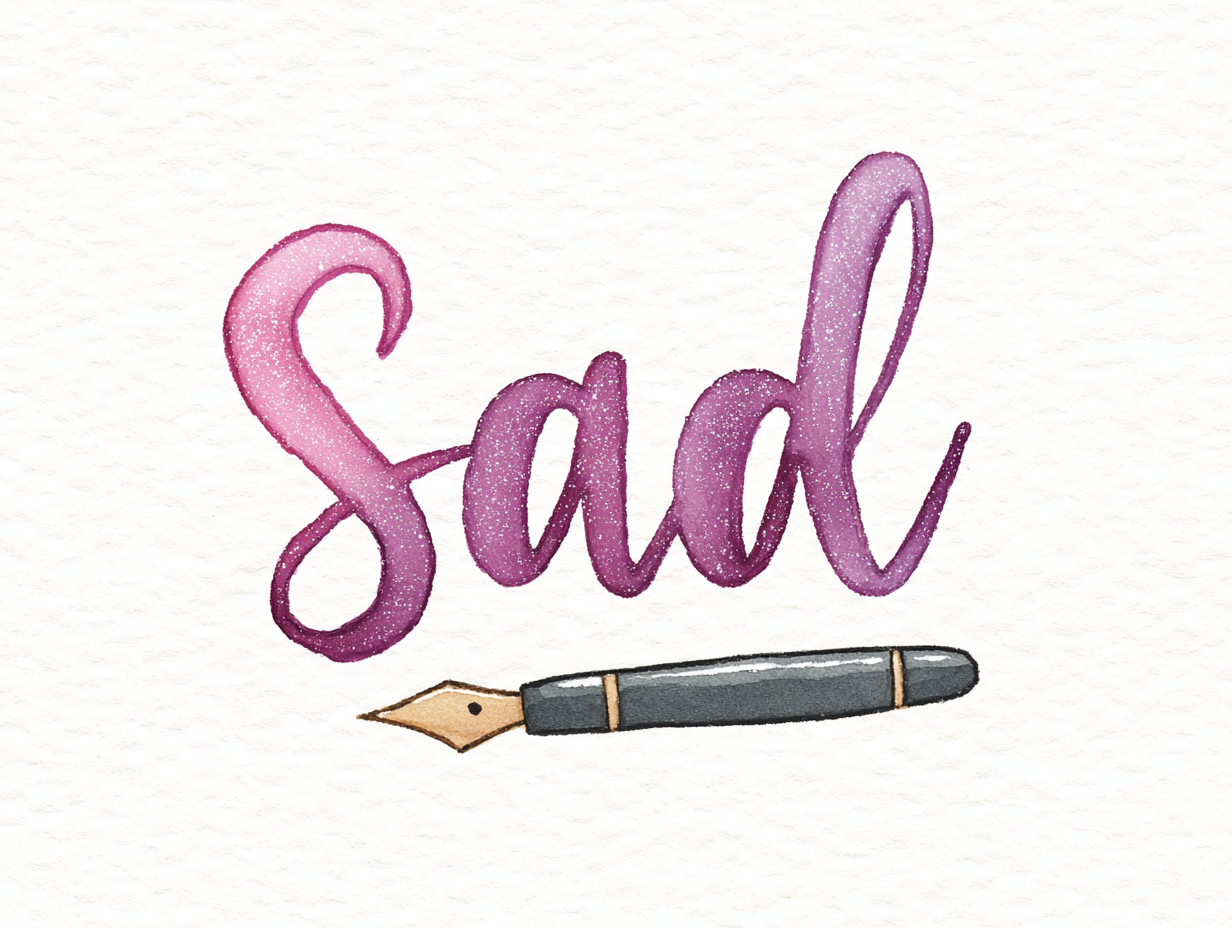
Similar Writing Tones: What’s the Difference?
You might have noticed from the above list that some tones are so similar they should be wearing matching onesies. So let’s clear up some confusion between them:
- Sarcastic vs. Cynical
- Sarcastic = mockery with attitude.
- “Oh great, another Monday meeting. Just what I needed!”
- Cynical = distrustful of the world.
- “These meetings are just for show. No one actually listens.”
- Sarcastic = mockery with attitude.
- Inspirational vs. Passionate
- Inspirational = uplifting others.
- “You’ve made it through worse. You can do this.”
- Passionate = intense emotion, not always positive.
- “I need to write. It’s the only way I know how to breathe.”
- Inspirational = uplifting others.
- Formal vs. Pedantic
- Formal = respectful and polished.
- “Please submit your proposal by Friday to be considered.”
- Pedantic = overly concerned with details. (Eyeroll.)
- “Actually, your use of ‘who’ instead of ‘whom’ undermines your entire argument.”
- Formal = respectful and polished.
Pro Tip: Subtle tone shifts can make or break how your writing comes across!
Writing Tone vs. Writing Voice: What’s the Difference?
If you ever thought, same difference, you’re not alone. Many people assume that voice=tone, but that is not true! Here are the differences:
Quick Compare: Voice vs. Tone
Writing Voice:
- Your unique writing style and personality.
- Stays pretty consistent across everything you write.
- Think of it as your writer’s fingerprint.
Writing Tone:
- The emotional filter you apply to each piece.
- Changes depending on the purpose, audience, and subject.
What Tone Is Best for Different Types of Writing?
Here’s a handy reference of what is generally considered the best writing tone(s) for each specific content type:
| Writing Type | Best Tone(s) |
|---|---|
| Blog Posts | Conversational, witty, persuasive |
| Academic Papers | Formal, analytical, scholarly |
| Product Descriptions | Persuasive, enthusiastic, optimistic |
| How-To Guides | Instructional, conversational, objective |
| Fiction (Fantasy) | Fantastical, suspenseful, emotional |
| Memoirs | Reflective, passionate, inspirational |
| Reviews & Critiques | Critical, subjective, sometimes witty |
| Emails (Professional) | Formal, polite, concise |
| Social Media Captions | Informal, witty, emotional |
Choose wisely as you don’t want your wedding invite sounding like a parking ticket!
Tone Across Mediums
Your tone doesn’t just change based on what you’re writing—it shifts depending on where it’s going. A cheeky tweet? Go wild. Cover letter for a new job? Probably not the place for SpongeBob memes. Tone needs to match both the message and the medium. A good rule of thumb: If the platform feels casual (social media, blogs), your tone can loosen up too. If it’s high-stakes or high-profile (press releases, legal docs), keep it formal.
Can a Piece of Writing Have More Than One Tone?
The answer is yes, of course, and often does. While most works have one tone that is obvious throughout and reflects the writer’s overall attitude (such as hopeful, sarcastic, or somber), writers frequently layer or shift tone depending on the scene, character, or message.
For example, a novel that has a dark or pessimistic overall tone can also have moments of irony, tenderness, or detachment, allowing for better storytelling.
You might write a memoir and mix humour with grief to reflect the complexity of a real-life experience. A political essay might adopt a critical tone but include some moments of sincere concern or urgency. Using different tones at suitable moments connects your words more authentically and helps you to avoid sounding one dimensional.
Here’s an example where humour mixes with grief:
I always thought my family was a little like a sitcom, chaotic, loud, and full of those awkward moments that somehow become the best stories later. Take my dad, for example. He had a habit of telling the worst jokes at the most inappropriate times, like at my graduation or during a very serious dinner with relatives. One time, he tried to fix the broken garage door opener and accidentally set off the alarm system, which blared for a solid ten minutes before anyone could figure out how to turn it off. There we were, all frantically running around in our pyjamas while the neighbours probably thought the house was being robbed. Instead of getting upset, Dad just shrugged and said, “Well, at least now everyone knows we’re home.” We laughed until we got stitches. Those were the moments I thought would last forever—Dad’s laugh filling the house.
But then the laughter began to fade. I remember the day when everything shifted. The phone call that felt like I’d been hit by a bus. My dad was gone. Just like that, the noise in the house turned into an unbearable silence. The laughter replaced by a memory I couldn’t hold onto tightly enough. The garage door opener was never fixed, the alarm never stopped blaring in my mind, and yet somehow, those little jokes didn’t seem quite so funny anymore. It’s strange how grief sneaks in and changes the colour of your world, turning all the ridiculous moments into something achingly precious.
So there you have an example of how tone can shift between paragraphs. This is common, especially in longer pieces. Make sure shifts in tone feel intentional and seamless, like changing gears, not slamming the brakes on. Sudden shifts can feel jarring unless you’re using them for specific effect (e.g., comedy or contrast).

Common Writing Tone Mistakes (AKA the Oops List)
Tone slip-ups happen. Here are a few common ones to watch out for:
- Using robotic language in friendly blog posts (hello, LinkedIn cringe).
- Going too casual in serious moments (do not end a promotion application with “lol”).
- Sounding accidentally sarcastic in emails—especially without tone indicators.
- Mixing too many tones in one piece, leaving the reader dizzy.
How to Choose the Right Tone for Your Writing
Here’s a quick checklist to help you decide:
- What’s your purpose?
Are you trying to inform, persuade, entertain, or connect? - Who’s your audience?
Friends? Colleagues? Customers? Strangers on the internet? - What’s the topic?
Serious subjects (like mental health or finances) usually require more sensitivity. - Where will it appear?
A LinkedIn post, a Slack message, or a marketing email? The platform sets expectations.
Bonus tip: If in doubt, default to conversational and respectful. You can’t go too wrong with that combo.
How to Master Tone in Writing
- Practice tone-swapping: Rewrite a scene in three different tones.
- Read aloud: If it sounds weird, the tone might be off.
- Experiment: Mix tones! Try sarcastic + analytical, or joyful + reflective.
- Edit for emotional clarity: Ask “How should this feel?” during revisions.
- Read widely: Copy tone styles you admire and rewrite them with your own spin.
Bonus Tip: Like choosing a filter on Instagram, pick a writing tone before you write and it’ll keep your overall message tight and consistent.
💌 You’ve got the goods now, the only thing standing between you and mastering writing tones is practice, curiosity, and a lot of coffee.
Keep writing. Keep experimenting. And always choose your tone on purpose.
TL;DR: What You Should Remember About Writing Tone
- Tone = how your writing feels, not just what it says.
- The wrong tone can sabotage even great content.
- There are dozens of tones—learn to spot, shift, and combine them.
- Pick your tone based on your audience, purpose, and platform.
- Don’t be afraid to mix tones when appropriate—it adds depth.
